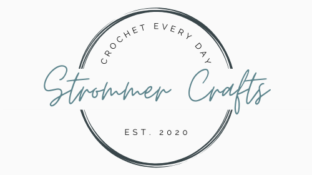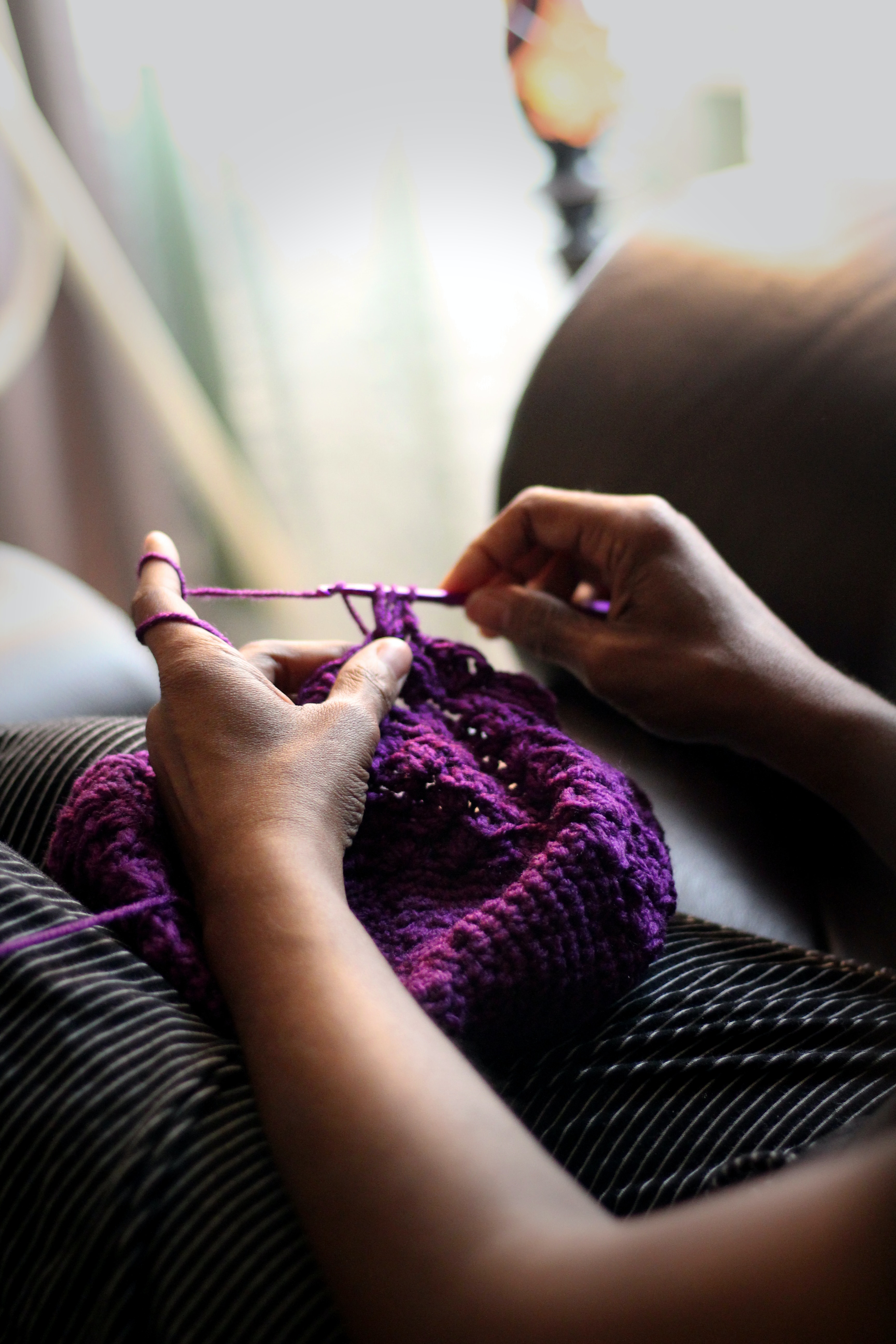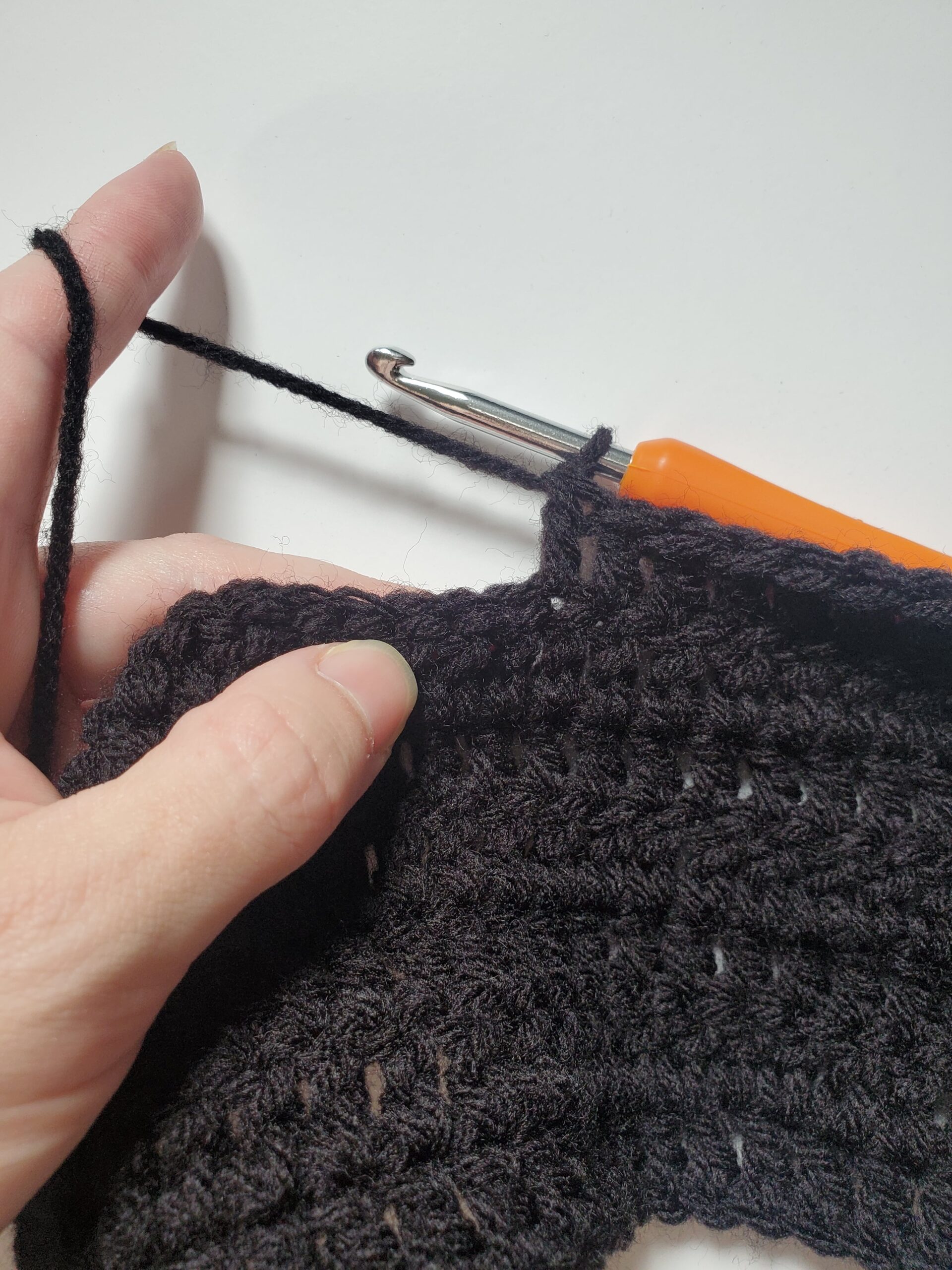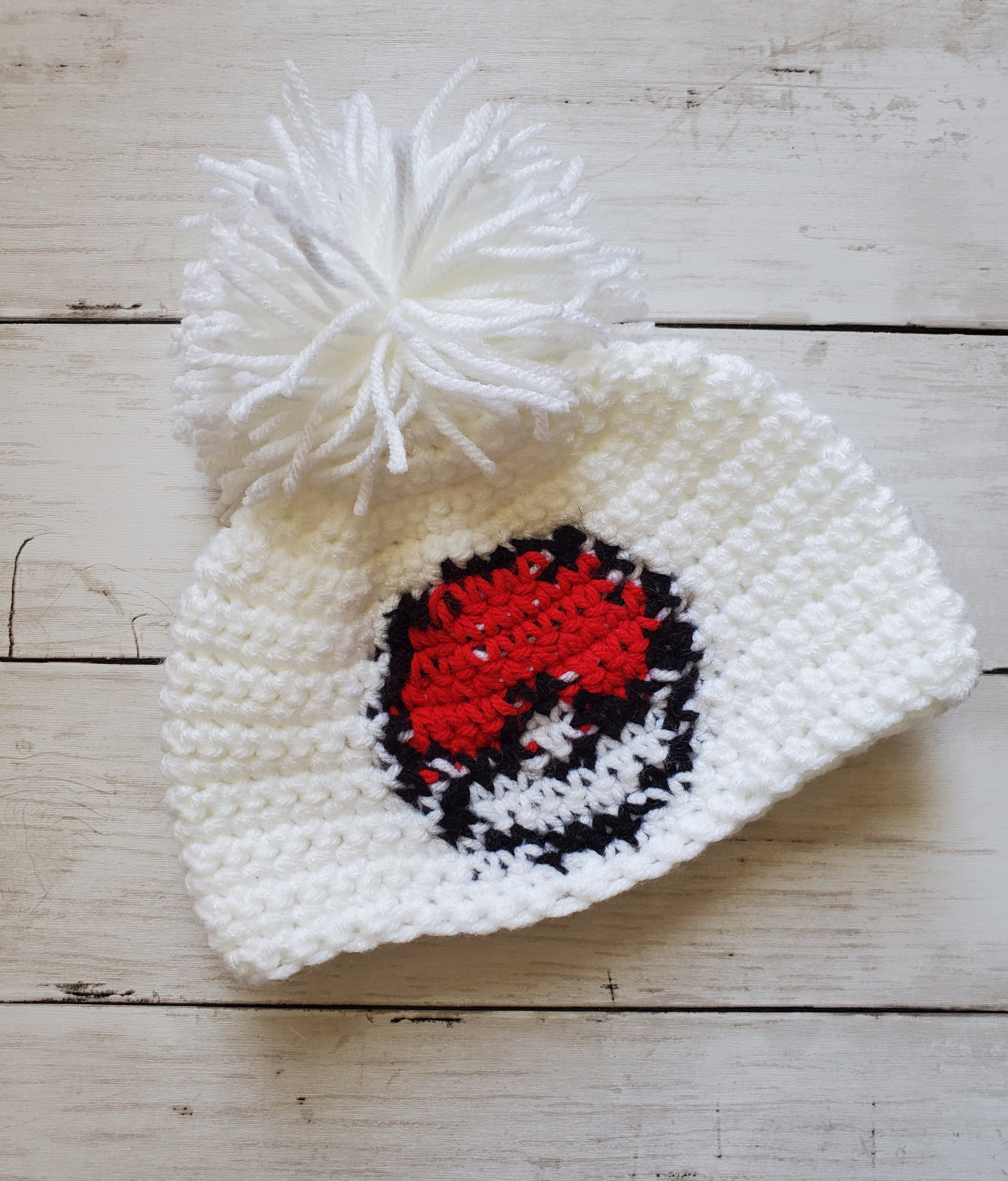Crochet and Chill: 12 Ways Crochet Can Help with Stress and Anxiety
In today’s fast-paced and stressful world, finding moments of calm and respite is essential for our well-being. Thankfully crochet offers a sanctuary of relaxation, creativity, and tranquility that can melt away stress and anxiety.
In this blog post, we’ll explore 12 ways in which crochet can become a trusted companion on the journey to inner peace. From the relaxing, rhythmic motion of making stitches, to having a sense of productivity, each aspect of crochet holds the potential to nurture your mind, body, and soul.
#1 Mindfulness and Relaxation.
Crocheting provides a focused and repetitive activity that can promote mindfulness and relaxation. The rhythmic motions of crochet can help calm the mind and reduce the production and release of stress hormones such as cortisol and adrenaline. As these stress hormones decrease, the body can reach a state of relaxation..
#2 Stress Relief.
Engaging in crochet allows you to shift your focus away from stressful thoughts and worries. Concentrating on the stitches and patterns can provide a welcome distraction and help alleviate anxiety. The repetitive movements in crochet have also been found to activate the parasympathetic nervous system, which is responsible for promoting relaxation and reducing stress. This can result in physical changes, such as lower heart rate, decreased blood pressure, and an overall sense of calmness.
#3 Creativity and Expression.
Crocheting offers a creative outlet where you can express yourself through color choices, stitch combinations, and pattern modifications. This creative process can be empowering and provide a sense of accomplishment and joy.
#4 Sense of Productivity.
Completing crochet projects gives a sense of productivity and achievement. Seeing tangible results from your efforts can boost self-esteem and create a positive mindset. With each stitch, row or round completed, you can see your project take shape and evolve into something beautiful.
#5 Sensory Stimulation.
The tactile experience of working with yarn and feeling the textures can be soothing and comforting. The softness and texture of the yarn, and the repetitive motion of crocheting provides a calming effect similar to other forms of repetitive activities like coloring or knitting.
#6 Mindful Breathing.
Crocheting can be combined with mindful breathing exercises to further enhance relaxation. Focus on your breath as you work on each stitch, taking slow, deep breaths, and allowing yourself to fully immerse in the present moment. Deep, slow breathing is associated with the activation of the parasympathetic nervous system, shifting the body into a state of calmness.
#7 Social Connection.
Crocheting can be a social activity, whether through joining crochet groups and forums, attending classes, or sharing your projects online. Engaging with a community of like-minded individuals can reduce feelings of isolation and provide support and encouragement.
#8 Emotional Outlet.
Crocheting can serve as an emotional outlet, allowing you to channel and process your emotions through the act of creating something beautiful. It provides a healthy way to express and release feelings of sadness, stress, and anxiety.
#9 Portable and Convenient.
Crocheting is a portable and convenient hobby that can be done almost anywhere. You can easily pack your yarn, hooks, and other tools into a bag or pouch, making it easy to take to work, during commutes, or while waiting for appointments. This flexibility allows you to engage in crochet during moments of stress or anxiety, providing an instant source of comfort.
#10 Mindful Focus.
The repetitive nature of crochet encourages focused attention on the task at hand. As you concentrate on each stitch, your mind becomes absorbed in the present moment, allowing you to let go of all the worries or stressors that may be occupying your thoughts.
#11 Dopamine Release.
Engaging in the rhythmic motion of crochet can also stimulate the release of dopamine, a neurotransmitter that is associated with pleasure and reward. This can contribute to a feeling of relaxation, contentment, and even a sense of achievement when you complete crochet projects.
#12 It’s Fun.
Crochet can be fun and full of delightful surprises. From watching your project grow and evolve, to discovering new and beautiful ways to add color and interesting stitches, each step can be a fun way to spend your time. Plus knowing that your creation is a one-of-a-kind labor of love can bring an unparalleled sense of joy and fulfillment.
I hope you’re feeling inspired and ready to embrace the therapeutic power of this beloved craft.
Remember, that the benefits of crochet go beyond the finished project. It’s the process itself that brings a sense of peace and restoration.
So make time for yourself, create a cozy space, and allow crochet to become your refuge-a place where you can unwind and let go of all your worries.





